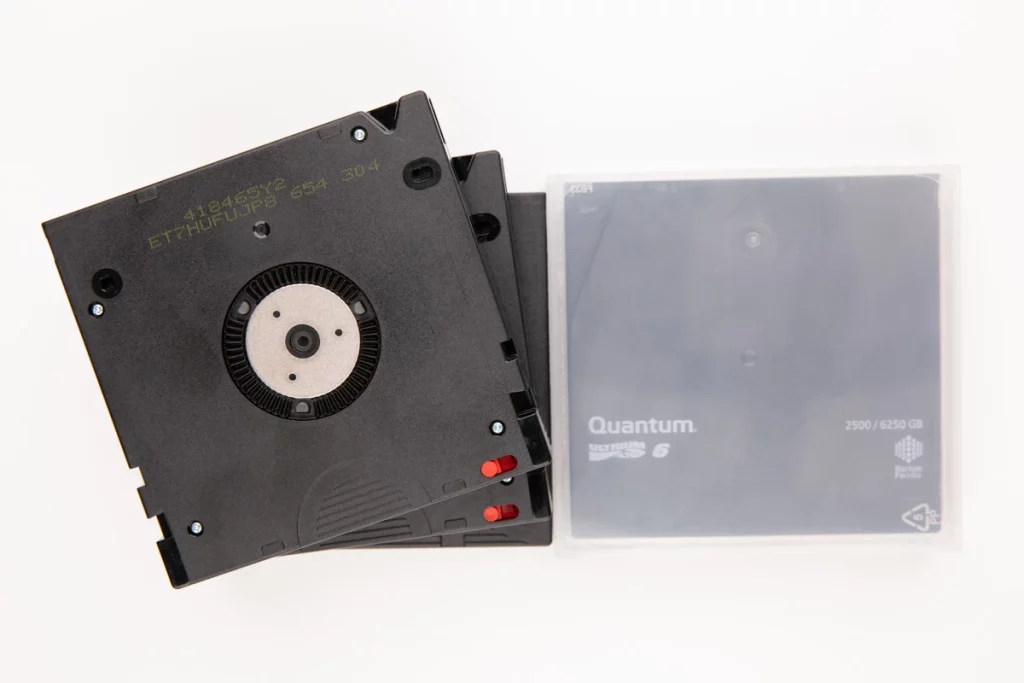Tape storage has long been a reliable solution for data backup and archiving. However, like any storage medium, it is not immune to data loss. Understanding the common causes of tape data loss is crucial for organizations looking to protect their valuable information. In this post, we will explore the primary reasons tape data loss occurs and provide insights into how to mitigate these risks.
Physical Damage to Tapes
One of the most prevalent causes of tape data loss is physical damage. Tapes are delicate, and improper handling can lead to issues such as:
- Tear or Breakage: Tapes can become frayed or break if not stored properly or if they are mishandled during loading and unloading.
- Environmental Factors: Exposure to extreme temperatures, humidity, or magnetic fields can damage tape media. Storing tapes in a controlled environment is essential to preserving their integrity.
Tape Drive Malfunctions
Another significant factor contributing to tape data loss is tape drive malfunctions. Common issues include:
- Wear and Tear: Tape drives have moving parts that can wear out over time. Regular maintenance and timely replacement can help prevent failures.
- Compatibility Issues: Using tapes with incompatible drives or outdated firmware can lead to reading errors and data loss. Ensuring compatibility between tape media and drives is crucial for data safety.
Data Corruption
Data corruption can occur due to various reasons, including:
- Unexpected Power Loss: Sudden power outages or interruptions during data writing processes can corrupt data on tape.
- Improper Ejection: Failing to properly eject a tape after a write operation can lead to data corruption. Always ensure that tapes are ejected correctly.
Poor Backup Practices
Inadequate backup practices can also lead to data loss. Consider the following:
- Lack of Redundancy: Relying solely on a single tape for backups can be risky. Implementing a multi-tiered backup strategy that includes multiple copies across different media can enhance data security.
- Irregular Backups: Failing to perform regular backups increases the risk of losing critical data. Establish a consistent backup schedule to ensure that data is regularly captured and preserved.
Aging Tape Media
Tape media has a finite lifespan, and aging tapes can lead to data loss. Some factors to consider include:
- Magnetic Degradation: Over time, the magnetic particles on tape can degrade, leading to a loss of data integrity. It’s essential to replace old tapes regularly.
- Physical Deterioration: Tapes can suffer from physical degradation, including brittleness or warping, as they age. Inspecting tapes regularly for signs of wear can help mitigate this risk.
Human Error
Human error remains a significant factor in tape data loss. Common mistakes include:
- Incorrect Labeling: Mislabeling tapes can lead to confusion and result in the wrong tape being used during recovery attempts.
- Improper Handling: Not following recommended handling procedures can damage tapes. Training staff on best practices for tape management is essential.
Conclusion
Understanding the common causes of tape data loss is vital for organizations that rely on tape storage for backup and archiving. By recognizing these potential risks and implementing preventive measures, businesses can protect their critical data more effectively.
To minimize the chances of data loss, organizations should invest in regular maintenance of tape drives, ensure proper storage conditions, and establish robust backup practices. Remember, data recovery services can help retrieve lost data, but prevention is always the best strategy. By taking proactive steps, you can safeguard your valuable information and ensure its longevity.


